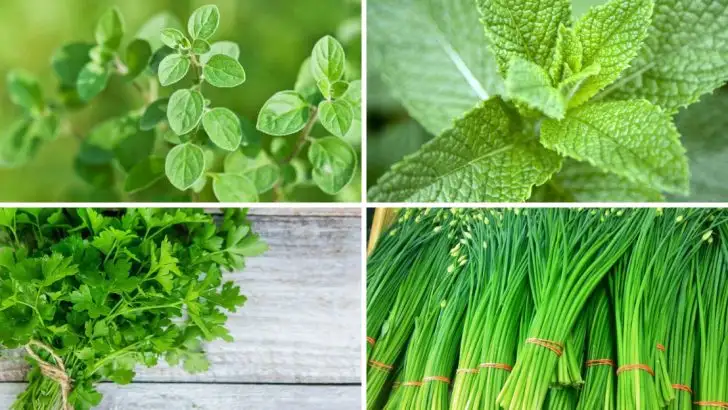It’s easy to think of herbs as just something for the kitchen, but they actually pull double duty in the garden. Many of them are compact, fast-growing, and have a neat way of filling those awkward gaps between larger plants. Plus, a lot of herbs attract pollinators or help keep pests away, which makes them even more useful beyond their flavor.
This list is all about herbs that don’t just taste good—they look good, too. These are the kinds of plants that blend in beautifully with flowers and veggies, or even stand on their own. Some spread low and wide, others stay tidy and upright, but all of them bring something extra to your garden space.
Basil
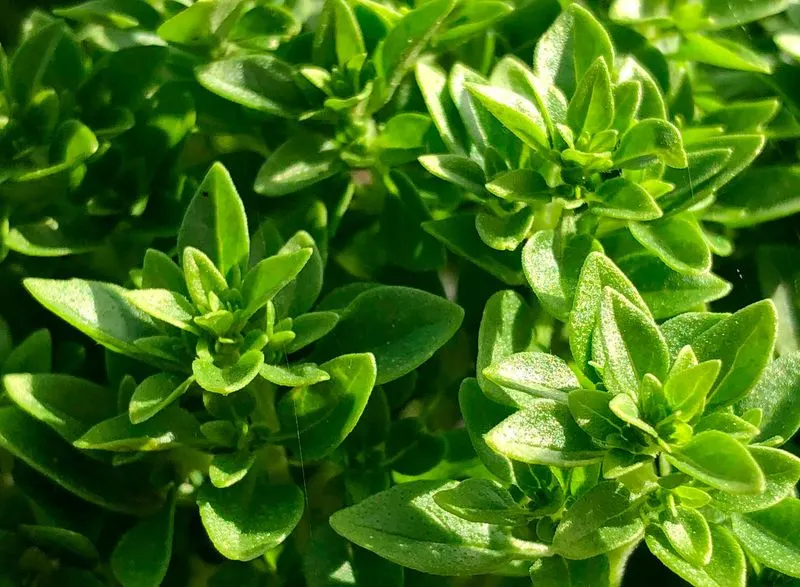
Basil, a beloved culinary herb, boasts lush green leaves that are as aromatic as they are tasty. This Mediterranean native prefers warm, sunny spots, making it a perfect summer filler plant. Its glossy leaves and tiny white flowers add a touch of elegance to any garden bed. Perfect for enhancing your favorite dishes, basil also attracts beneficial insects like bees and butterflies. Plant basil near tomatoes for a classic garden pairing that benefits both plants. Its rich history in Italian cuisine adds a cultural touch to your culinary garden.
Mint
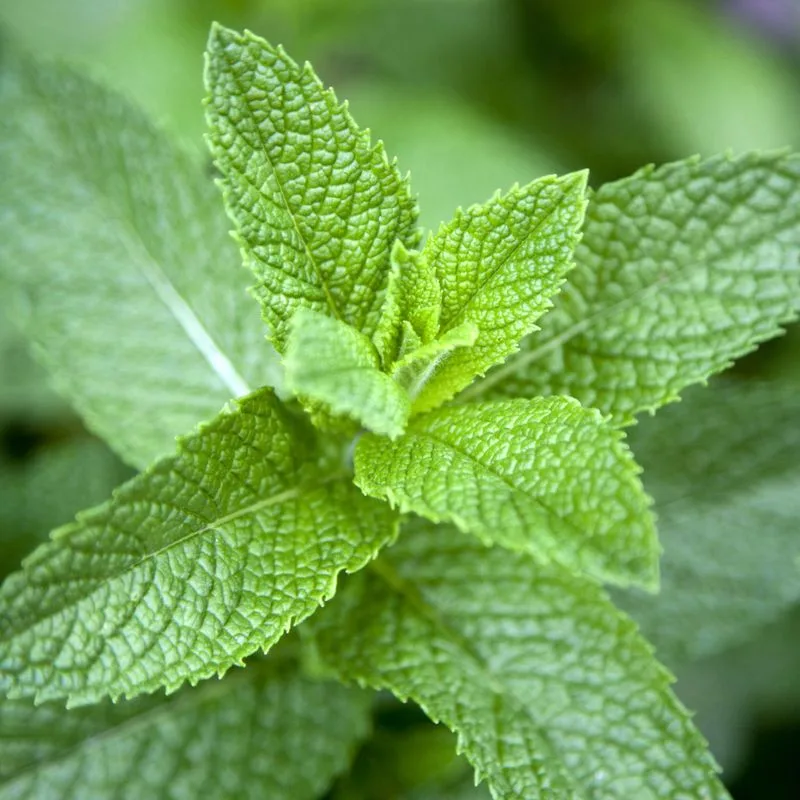
Mint, with its fresh, invigorating scent, is an herbal delight. Known for its rapid growth, mint fills garden spaces quickly, offering vibrant green leaves perfect for teas and garnishes. Its small, purple blooms attract pollinators, adding to your garden’s ecosystem. Mint thrives in moist, shaded areas, making it an excellent choice for those tricky spots where other plants may struggle. Be mindful of its invasive nature by planting it in containers or controlled spaces. Enjoy a cool, refreshing aroma every time you brush past this delightful herb.
Parsley

Parsley brings a fresh, clean taste and a splash of green to your garden. Its finely divided, curly leaves are not only visually pleasing but also a staple in cooking. This biennial herb thrives in sunny or partially shaded locations, offering versatility in placement. Parsley attracts beneficial insects, helping to keep garden pests in check. Whether you’re garnishing a dish or adding flavor to a salad, parsley is an essential herb. Its vibrant presence is complemented by its role as a natural insect deterrent and culinary favorite.
Thyme
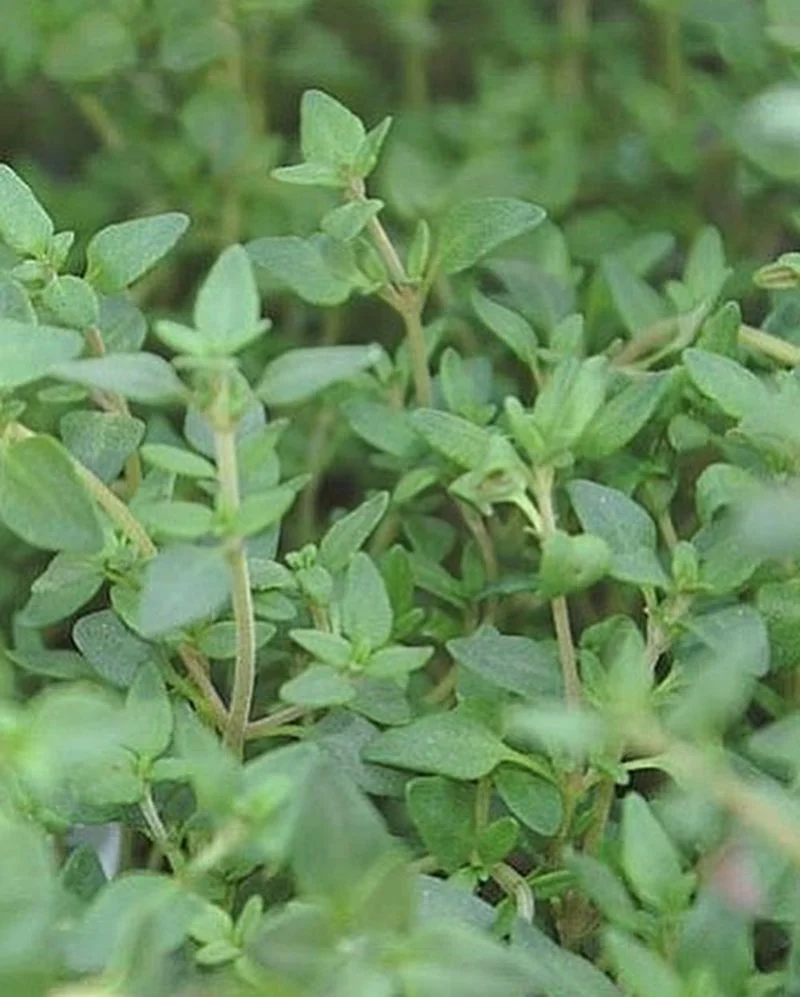
Thyme’s tiny, aromatic leaves pack a powerful punch in both fragrance and flavor. Ideal for rocky, well-drained areas, thyme acts as a ground cover, spreading its delicate purple flowers. This perennial herb is a favorite for savory dishes and attracts bees with its blooms. Thyme’s resilience to drought makes it a low-maintenance choice for busy gardeners. Its historical use in medicine and cuisine adds an intriguing layer to its garden presence, making thyme a timeless addition to any herb collection.
Chives
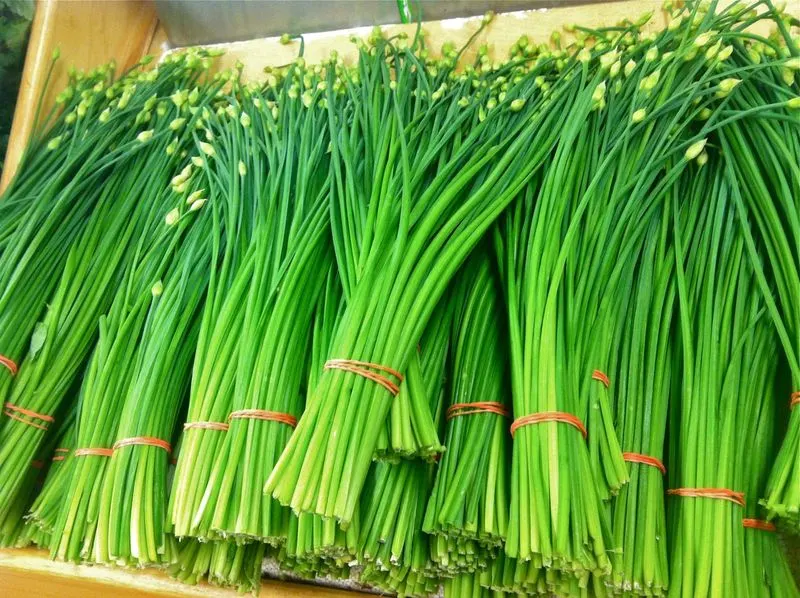
Chives offer a mild onion flavor with a pop of color thanks to their purple, round flower heads. These slender, hollow stems thrive in sunny spots, making them a versatile filler plant. Chives are not only culinary delights but also deter pests like aphids, serving as a natural garden protector. Add them to salads, soups, or as a garnish to enhance your dishes. Their perennial nature ensures they return year after year, making them a reliable and flavorful garden staple.
Rosemary
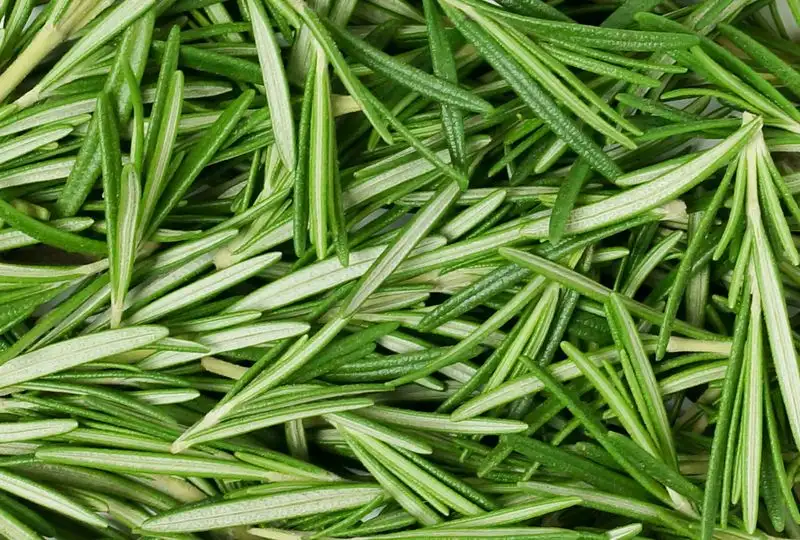
Rosemary, with its pine-like needles, offers both beauty and aroma to the garden. This evergreen herb thrives in sunny, well-drained areas, with small blue flowers adding a splash of color. Rosemary’s robust scent makes it a perfect addition for aromatic gardening, and its culinary uses are vast, from roasts to breads. Its drought tolerance and pest-repelling properties make rosemary a hardy choice for any garden. The history of rosemary as a symbol of remembrance adds depth and meaning to its presence.
Sage
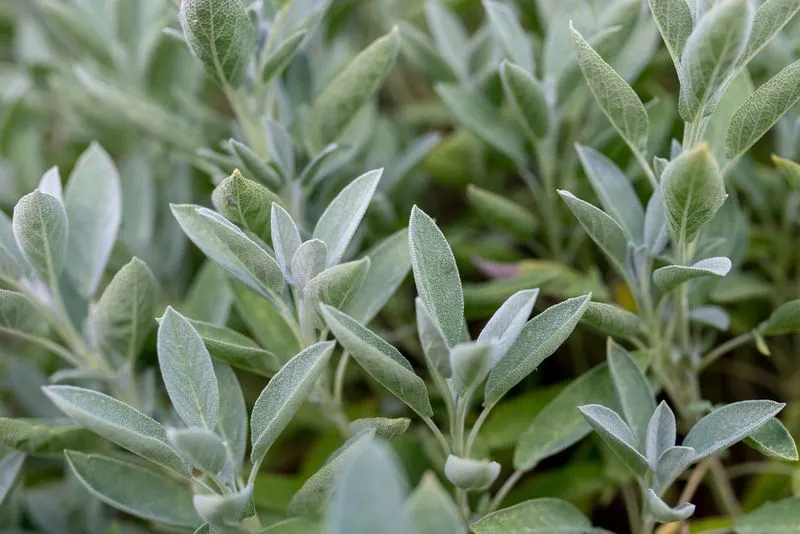
Sage stands out with its soft, velvety gray-green leaves and spikes of purple flowers. This perennial herb loves sunny spots and well-drained soil, making it a resilient garden choice. Known for its earthy flavor, sage is a staple in many culinary traditions, especially in holiday cooking. Its leaves can be used fresh or dried, offering versatility in use. Sage also attracts beneficial insects and repels pesky ones, enhancing your garden’s ecosystem. Its historical significance in herbal medicine adds a layer of intrigue.
Oregano

Oregano, a staple of Mediterranean cuisine, charms with its robust flavor and lovely appearance. Its dark green, oval leaves and clusters of pinkish-purple flowers make it a visual delight. Thriving in sunny, well-drained conditions, oregano offers a low-maintenance gardening option. This perennial herb is perfect for enhancing Italian and Greek dishes, bringing a touch of the Mediterranean to your table. Oregano’s antibacterial properties add to its appeal, making it a beneficial and beautiful addition to any herbal collection.
Dill
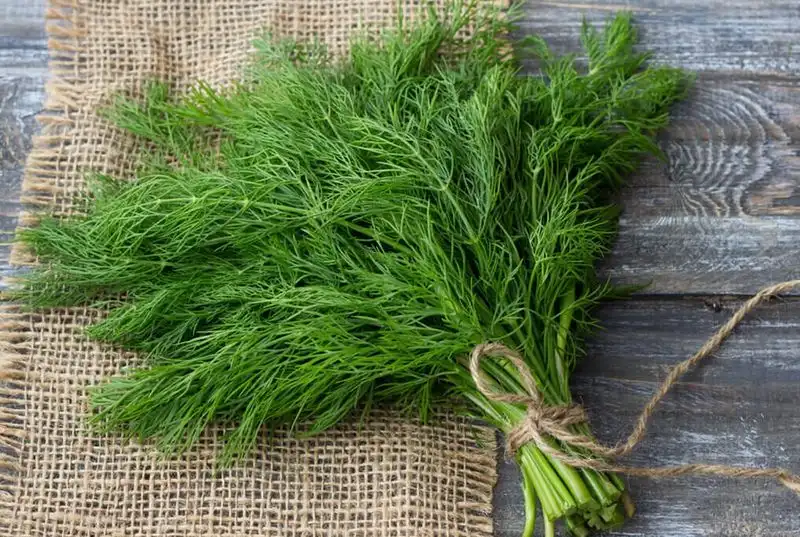
Dill’s feathery foliage and delicate yellow flowers bring a soft, airy touch to the garden. This annual herb thrives in sunny locations, making it an ideal filler among vegetables. Known for its role in pickling, dill adds a unique flavor to a variety of dishes. Its flowers attract pollinators, enhancing your garden’s productivity. Dill’s light, refreshing scent complements its culinary appeal, and its use in traditional medicine adds an interesting twist to its garden presence. Enjoy dill fresh or dried for year-round flavor.
Cilantro
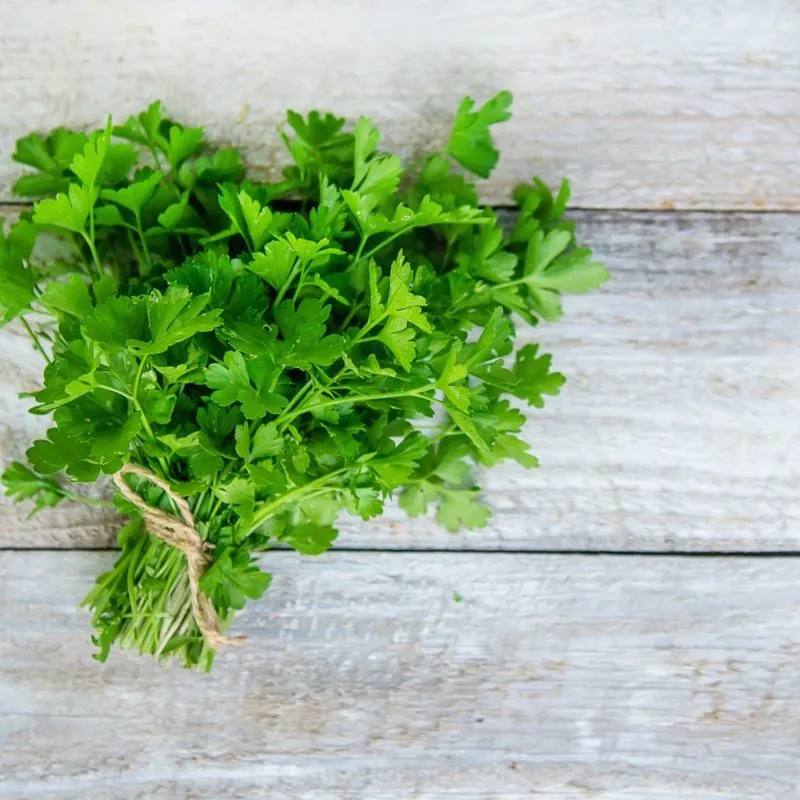
Cilantro, with its bright, lacy leaves, is a must-have for any garden. Known for its fresh, citrusy flavor, this annual herb enhances a wide range of dishes, from salsas to curries. Cilantro prefers well-watered, sunny locations, adding lush greenery to your garden beds. Its small white flowers attract beneficial insects, contributing to a healthy garden ecosystem. Beyond its culinary uses, cilantro is known for its detoxifying properties. Whether you call it cilantro or coriander, this versatile herb is a garden staple.
Lavender
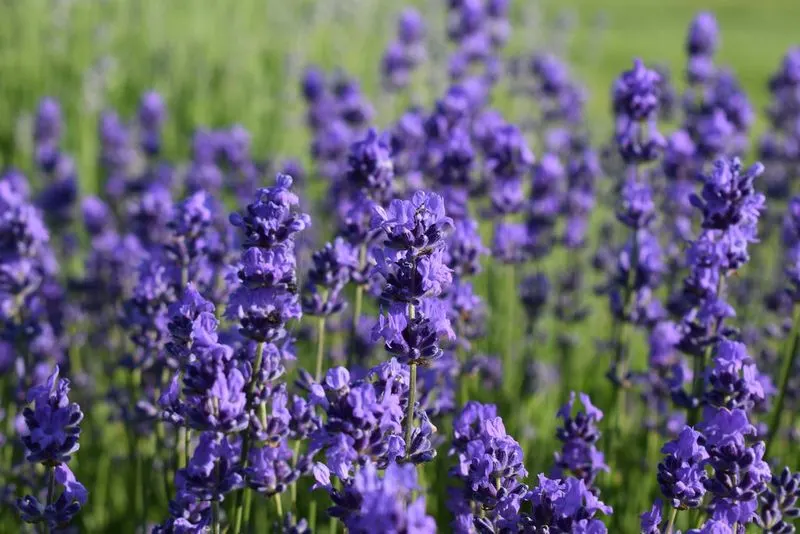
Lavender, with its iconic purple flowers and soothing fragrance, is a garden favorite. This perennial herb thrives in sunny, well-drained areas, offering both beauty and utility. Lavender’s calming scent is perfect for relaxing spaces and is often used in aromatherapy. Its flowers attract pollinators and can be dried for sachets or culinary use. Lavender’s rich history in perfumery and medicine adds a touch of elegance to your garden. Its ability to deter pests further cements its status as a versatile and valuable herb.
Lemon Balm
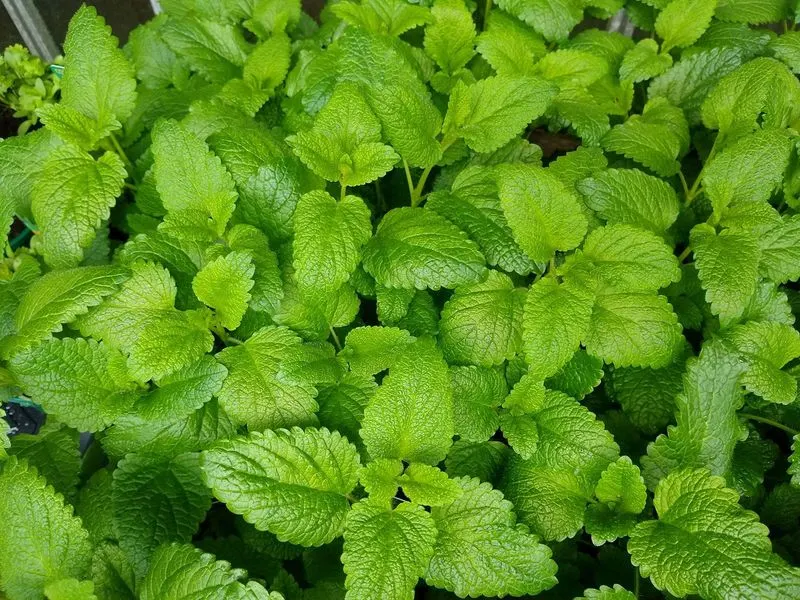
Lemon balm, known for its lemony scent and vibrant green leaves, brings a refreshing touch to any garden. This perennial herb thrives in partial shade, making it an excellent choice for less sunny spots. Lemon balm is perfect for teas and desserts, offering a mild citrus flavor. Its heart-shaped leaves and small white flowers attract bees, enhancing pollination. Lemon balm’s calming properties add to its charm, making it a garden favorite for relaxation. Its historical use in herbal remedies adds depth to its appeal.
Tarragon
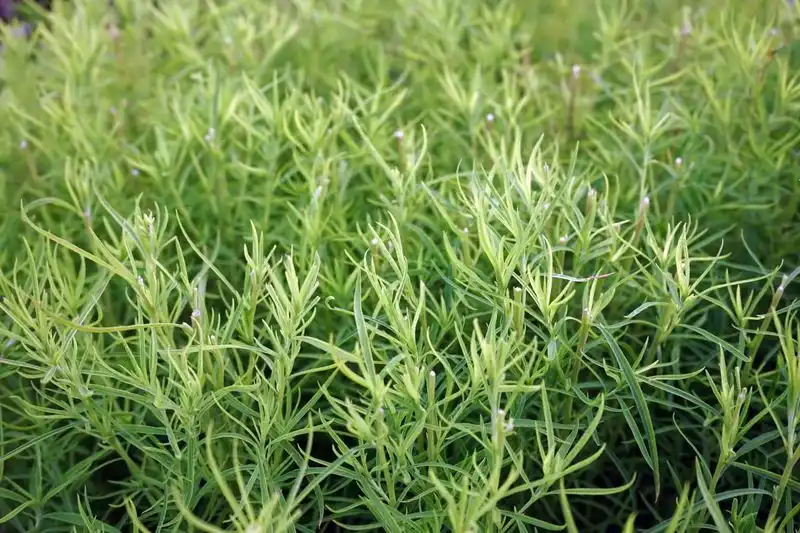
Tarragon, with its slender, dark green leaves, is a staple in French cuisine. Its anise-like flavor pairs beautifully with chicken, fish, and sauces. This perennial herb thrives in sunny, well-drained locations, offering a reliable garden presence. Tarragon’s subtle, sweet aroma adds depth to your culinary creations, and its small yellow flowers attract pollinators. Known for its digestive benefits, tarragon enriches your garden with both beauty and utility. Its use in traditional French cooking brings a gourmet touch to your dishes.
Fennel
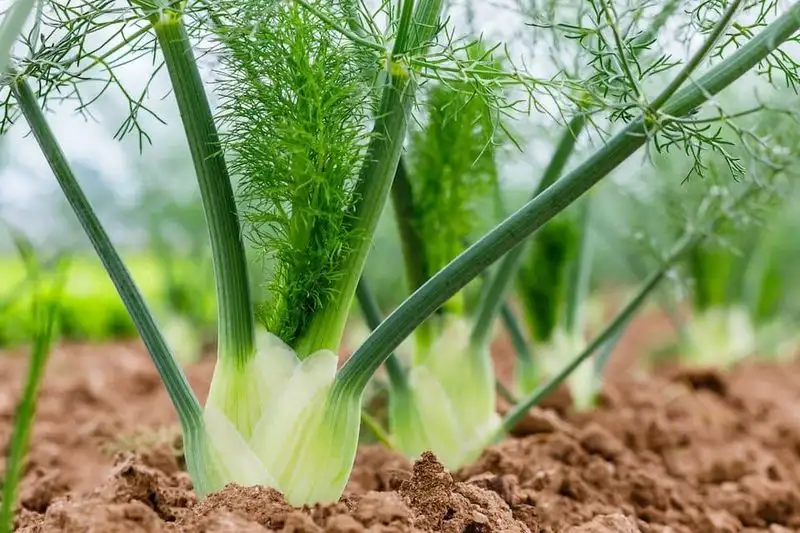
Fennel’s feathery foliage and large, yellow flowers create an elegant garden display. Known for its anise-like flavor, fennel is a versatile addition to both vegetable and herb gardens. This perennial thrives in sunny areas, offering a striking visual and flavorful presence. Fennel’s seeds are a popular spice, while its bulb adds a crunchy texture to dishes. Its aromatic nature attracts beneficial insects, enhancing your garden’s health. With historical ties to ancient medicine and cooking, fennel adds both beauty and culinary delight.
Marjoram
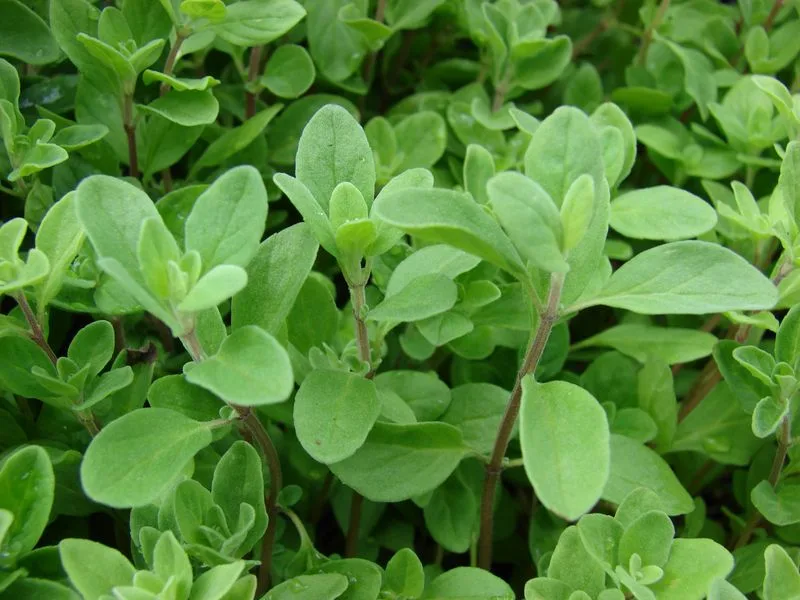
Marjoram’s delicate flavor and small, oval leaves make it a subtle yet essential herb. Often confused with oregano, marjoram offers a sweeter, milder taste, perfect for enhancing salads, soups, and meats. This perennial thrives in sunny locations, with tiny white flowers attracting bees and butterflies. Marjoram’s gentle aroma complements its culinary uses, adding a soft, floral note to your garden. Its historical use as a symbol of happiness and love adds a charming element to its presence. Enjoy marjoram fresh or dried.
Bay Laurel

Bay laurel, with its glossy, dark green leaves, brings a Mediterranean flair to your garden. This evergreen tree is renowned for its aromatic leaves, essential in soups and stews. Bay laurel thrives in sunny, well-drained locations, offering both beauty and culinary utility. Its small white flowers and dense foliage create a lush, structured appearance. Known for its symbolic association with victory and wisdom, bay laurel adds depth to your herb garden. Its leaves can be used fresh or dried, offering versatility in cooking.
Chamomile
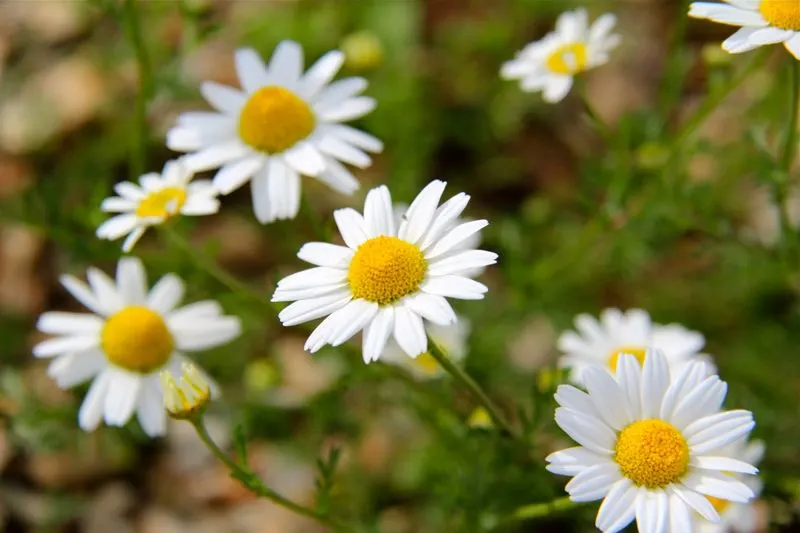
Chamomile, with its daisy-like flowers, is a soothing addition to any garden. Known for its calming properties, this annual herb thrives in sunny areas, offering delicate beauty and utility. Chamomile’s flowers are perfect for making relaxing teas, while its gentle aroma adds tranquility to your outdoor space. Attracting beneficial insects, chamomile enhances garden health. Its historical use in herbal medicine adds an interesting layer to its presence. Enjoy the gentle charm of chamomile fresh or dried, perfect for peaceful garden moments.

